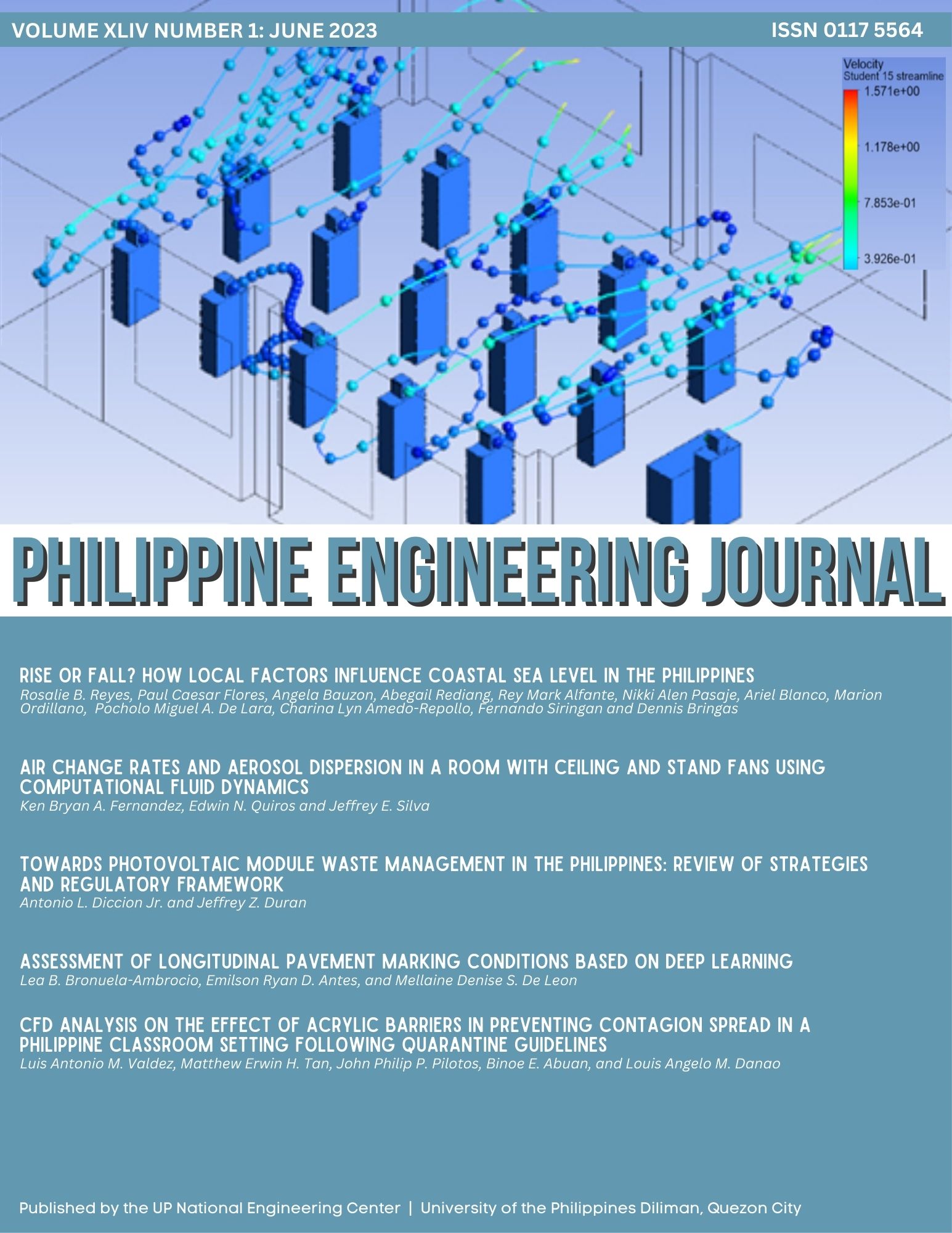Assessment of Longitudinal Pavement Marking Conditions Based on Deep Learning
Abstract
Pavement markings play a vital role in managing regulations and the safety of road users. Markings at best conditions effectively convey warning messages and information to the drivers without diverting their attention off the road. Due to traffic wear, regular evaluation and proper maintenance are being conducted by authorized agencies. The Department of Public Works and Highways (DPWH) is the legal authority that applies, removes, and maintains pavement markings on national roads in the Philippines. They used retroreflectivity, a property of pavement markings to reflect the light from car headlamps, to assess the condition of the pavement markings. This needs equipment laid on the pavement markings, interrupting the traffic flow. Another evaluation method employed in the country is a manual inspection in which the surveyors assess the remains of the markings on the road. Markings that are less than 50% based on the perception of the surveyor are subject to repainting. This method is subjected to human error or high subjectivity of measurement.
This study proposes a more time-efficient, more economical, and standardized alternative method to evaluate the condition of pavement markings. This approach uses the images captured from the existing pavement markings and a wear index adopted from foreign standards to rate the condition of the remaining marks. It aims to produce a program that employs an object detection algorithm called You Only Look Once (YOLO). The results of this program were validated using image processing and retroreflectivity test. Based on the findings, the proposed method is aligned with the current DPWH practice. It gives a relatively high goodness of fit equal to 0.83 with the present method of 50% pavement marking judgment.


